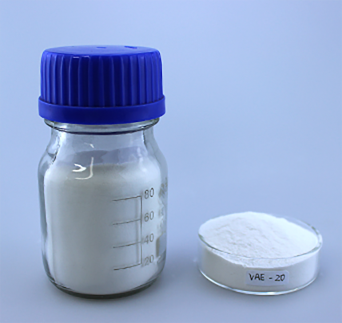
Nov . 24, 2024 08:52 Back to list
hydroxyethyl cellulose thickening mechanism
Understanding the Thickening Mechanism of Hydroxyethyl Cellulose
Hydroxyethyl cellulose (HEC) is a widely used thickening agent in various industries, including cosmetics, pharmaceuticals, food, and construction. As a non-ionic, water-soluble polymer derived from cellulose, HEC is notable for its ability to enhance the viscosity of solutions while maintaining a relatively stable gel-like consistency. Understanding the thickening mechanism of HEC can provide insights into its applications and advantages in formulation chemistry.
Chemical Structure and Properties
HEC is synthesized by the etherification of cellulose, where ethylene oxide is reacted with cellulose fibers. This transformation introduces hydroxyethyl groups into the cellulose backbone, thereby modifying its physical and chemical properties. The degree of substitution and molecular weight of HEC can vary, which influences its solubility, transparency, and thickening efficiency. Generally, HEC forms a clear and stable solution in water, and its thickening ability is influenced by factors such as concentration, temperature, and pH of the solution.
Thickening Mechanism
The thickening mechanism of HEC mainly occurs through two phenomena hydration and entanglement.
1. Hydration When HEC is added to water, the polymer chains absorb the solvent, leading to hydration. This hydration process involves the formation of hydrogen bonds between the hydroxyl groups present in HEC and water molecules. As the HEC polymer chains become saturated with water, they swell, increasing their volume and leading to a higher viscosity of the solution. The hydration layer surrounding each HEC particle contributes to the overall thickening effect, as the water is effectively “trapped” within the polymer matrix.
2. Entanglement and Network Formation In addition to hydration, the thickening mechanism involves the entanglement of HEC chains. At higher concentrations, the polymer chains intermingle, creating a three-dimensional network structure. This entangled infrastructure hinders the movement of the liquid, increasing the viscosity. The more HEC is concentrated, the more significant this entanglement becomes, which enhances the thickening effect. Rheological studies have shown that HEC solutions display pseudoplastic behavior; they can flow under stress but regain viscosity when the stress is removed due to the reversible nature of their entangled structures.
hydroxyethyl cellulose thickening mechanism

Factors Affecting Thickening
Several factors can influence the thickening properties of HEC solutions
- Concentration Increasing the concentration of HEC in a solution directly correlates with increased viscosity. This behavior conforms to the principles of polymer science, where the density of polymer chains impacts its flow properties. - Temperature The viscosity of HEC solutions can be affected by temperature changes. Typically, at elevated temperatures, viscosity may decrease as increased molecular motion allows polymer chains to move more freely. However, some formulations might demonstrate unique behavior, depending on the specific conditions and concentration.
- pH Levels HEC is relatively stable across a range of pH levels; however, extreme pH can alter its charge characteristics and, consequently, its thickening ability. Acidic or alkaline conditions can influence the hydrogen bonding within the solution, potentially affecting viscosity.
Applications of Hydroxyethyl Cellulose
Given its excellent thickening properties, HEC finds applications in various fields. In cosmetics, it is used in lotions, creams, and shampoos to improve texture and stabilize emulsions. The pharmaceutical industry utilizes HEC in tablet formulations and ointments, where it helps to control release rates of active ingredients. In the food industry, HEC acts as a stabilizer and thickener in sauces and dressings. Moreover, in construction, it is used in tile adhesives and cement to improve consistency and workability.
Conclusion
In summary, hydroxyethyl cellulose is a versatile thickening agent whose mechanism of action is primarily based on hydration and entanglement of polymer chains in solution. Understanding these mechanisms can aid formulators in optimizing products across various industries. As demand for natural and effective thickeners continues to rise, HEC remains a prominent choice due to its effectiveness, safety, and ease of use.
-
Versatile Hpmc Uses in Different Industries
NewsJun.19,2025
-
Redispersible Powder's Role in Enhancing Durability of Construction Products
NewsJun.19,2025
-
Hydroxyethyl Cellulose Applications Driving Green Industrial Processes
NewsJun.19,2025
-
Exploring Different Redispersible Polymer Powder
NewsJun.19,2025
-
Choosing the Right Mortar Bonding Agent
NewsJun.19,2025
-
Applications and Significance of China Hpmc in Modern Industries
NewsJun.19,2025







